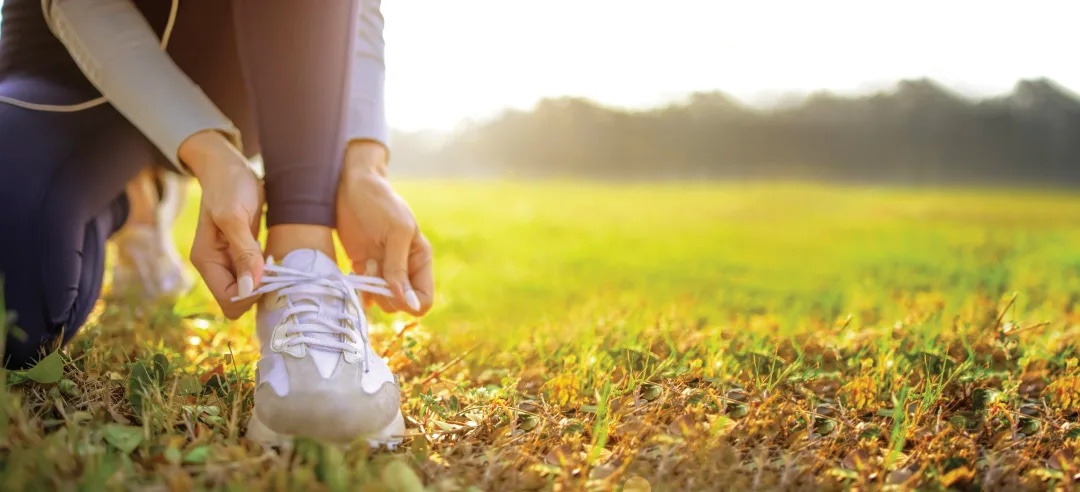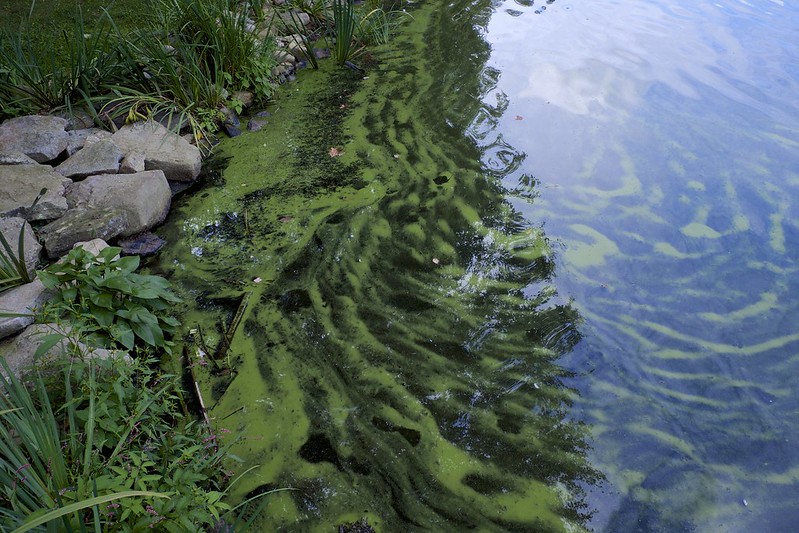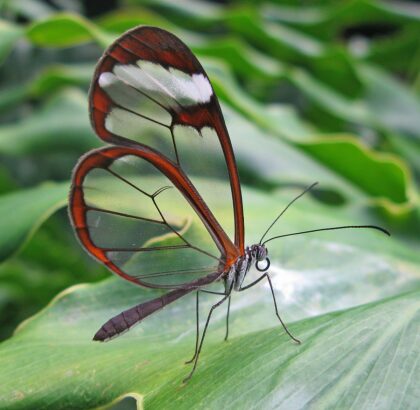There are many ways to categorize people, but one way is mindset. Do you have a destination or a journey mindset?
People with a “destination mindset” (like me) have a focus on the end result, the achievement, the completion of a task or subtask, or the “box checked.” Our motivation is to reach the specific goal or target. “Destination mindsets” have certain targets or goals in mind and work towards them. The goals can be as diverse as wanting to visit 50 countries, completing a “to do” checklist, or cleaning out the garage.
Those with a “journey mindset” focus on the process and experiences along the way. They focus on the growth that comes from the journey rather than the end result. A “journey mindset” is considered more beneficial because it can lead to greater satisfaction, resilience, and an appreciation for the experience. Someone with a “journey mindset” enjoys the process without necessarily having an end goal in mind. They want to squeeze more out of the moment. They enjoy the intricacies of the smaller things in the larger. Having a “journey mindset” is especially good when traveling. “Journey mindsets” allow them to stop and enjoy the sights, smells, or experiences of that moment.
Psychologists argue that a balanced approach, enjoying both the journey and the destination, is often the most fulfilling. But I am convinced that not all tasks are journey worthy, and not all task completions give a feeling of accomplishment.
While I believe that we have predilections, I think that to a large extent it depends on the task. For travel, even those with a “destination mindset” take a “journey mindset” to enjoy the full experience. On the other hand, for tedious tasks, a “destination mindset” is needed to ensure that they are completed.
To improve my health, I am using a trainer to help me retain muscle while I lose weight. It is a painful and dull process, but when I finished, I feel great. I simply hate doing the exercises. On the other hand, my “journey mindset” trainer enjoys the feeling of working her muscles and seeing what she can accomplish with each exercise.
Being a “destination mindset” person, I believe that our viewpoint is underrated. First, we get the break down the “finish point.” Using my exercise as an example, after I complete each set of exercises, I feel that I have accomplished something and when the ½ hour is over, I feel exhilarated. The journey of doing these routines is painful and boring, so focusing on completing the tasks is the only way that I can get through it.
There is a downside to “destination mindsets,” we can become so focused on completing our goal, that we can ignore the learning on the journey. I had friends with “destination mindsets” who traveled and simply checked off what they came to see. At the end of the day, they were exhilarated by visiting a large number of places in a single day. Those of us with “destination mindset” can be so self-directed that we miss the subtleties. Those with a journey mindset sometimes are not able to complete the task.
Being a destination person simply suits me better. I gain confidence when I accomplish a task. My “journey mindset” friends enjoy the process. For example, I like doing puzzles, but I am obsessed with completing them, and will sometimes work on them for 12 hours straight to finish. My “journey mindset” friend enjoys fitting pieces together and is in no rush to finish the puzzle.
Having a predominantly “journey mindset” or “destination mindset” to some extent helps define us. So, which one are you?
Angela Rieck, a Caroline County native, received her PhD in Mathematical Psychology from the University of Maryland and worked as a scientist at Bell Labs, and other high-tech companies in New Jersey before retiring as a corporate executive. Angela and her dogs divide their time between St Michaels and Key West Florida. Her daughter lives and works in New York City.












